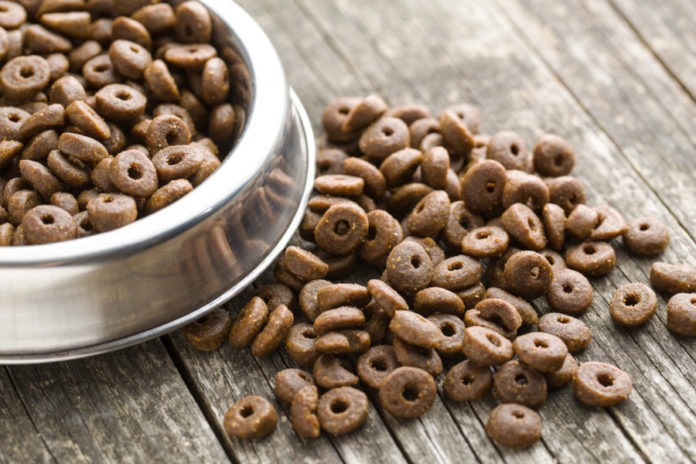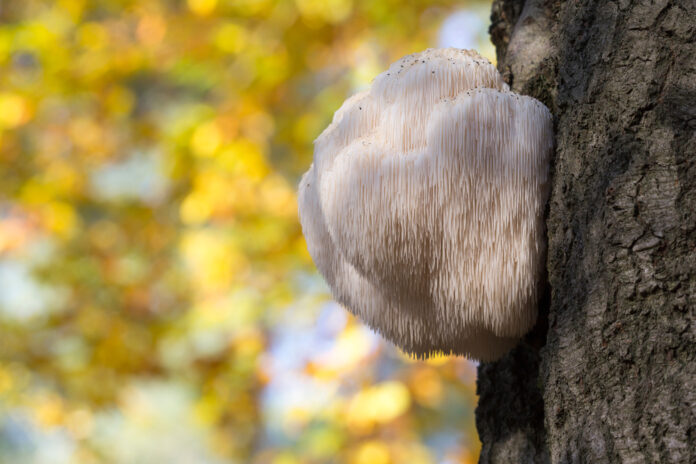Top pet food ingredients to avoid

From by-products to soy to rendered fats – here are some ingredients to steer clear of when buying pet food for your dog or cat.
Educating yourself about healthy nutrition for your dog and cat may seem daunting, but it doesn’t need to be. One of the best ways to begin is learning how to read pet food labels, so you can avoid the ingredients harmful to your pet’s health.
A good pet food is made from whole food ingredients, including named meats, fresh veggies and fruit, herbs and healthy oils. But most cheap commercial diets contain things your dog or cat shouldn’t be eating, such as by-products, corn, soy, unnamed meat or grain meals, rendered fat, artificial preservatives and coloring. If you see any of these bad guys in the ingredients list of a pet food, put the product back on the shelf.
To help get you started, here’s a closer look at some of the worst offenders.
1. By-products
By-products encompass the waste left over from the production of feed animals, and in many cases may not contain much actual meat. AAFCO defines unnamed by-products as “non-rendered, clean parts, other than meat, derived from slaughtered mammals. It includes, but is not limited to, lungs, spleen, kidneys, brain, livers, blood, bone, partially defatted low-temperature fatty tissue and stomachs and intestines freed of their contents.”
At first glance, this might not sound too bad, since wild carnivores consume the organs of their prey along with the muscle meat. The problem is, by-products in cheap pet foods often come from diseased, dead, dying or disabled animals, and that’s not healthy for your dog or cat.
2. Artificial preservatives, colors and flavors
In the preservative category, the three main culprits are BHA, BHT and ethoxyquin. They can cause or exacerbate allergies and may even be carcinogenic. Look for natural preservatives such as rosemary or vitamin E.
A lot of pet foods made from cheap ingredients contain artificial colors and flavors to make them look, smell and taste better. Blue 2, Red 40, and Yellows 5 and 6 are examples of artificial colorings. You can also sometimes tell by looking at the food whether or not it has been artificially colored, especially when it comes to kibble. Unrealistic pinks and reds are a sign that the food contains artificial colors. Also be sure to check labels for any artificial flavorings.
Quality foods made from nutritious ingredients don’t need these additives because they’re already naturally palatable!
3. Corn and soy
Corn and soy are often used as cheap protein substitutes in commercial pet foods. However, they’re not an adequate source of protein for our carnivorous dogs and cats. Corn provides more carbohydrates than anything else, and can contribute to a range of health issues, such as diabetes, weight gain and allergies.
Soy is another common allergen in pet foods, and both corn and soy are usually genetically modified — another strike against them. The presence of corn and/or soy ingredients in a pet food means it contains more carbs than protein and isn’t a good choice for your dog or cat.
4. Rendered fat and meat meals
It sounds innocuous, but rendered fat can contain a host of nasty substances. Rendering involves converting waste animal tissue into “value-added” materials. This tissue can include slaughterhouse waste such as fatty tissues and offal, restaurant grease, expired meat from grocery stores, meat from animals that have died on farms or in transit, and other questionable products. These materials are ground up and cooked for long periods so that the fat separates out from the solids. This fat is then added to commercial pet foods to help make them smell and taste better.
The solids left over from the rendering process become “meat meals” that are used as cheap protein sources in low end pet foods. Unfortunately, meat meats usually only contain around 50% protein – the rest is made up of ash (which in itself is not good for your dog or cat), fat and moisture.
5. Propylene glycol
Used to maintain moisture content and add flavor to low quality dog foods, propylene glycol is the chemical that’s also found in “pet-friendly” antifreeze. Though the FDA categorizes propylene glycol as a GRAS (generally recognized as safe), it’s not something you want your pet to be consuming on a regular basis through his food. That fact that it isn’t even allowed in cat food because it can cause Heinz body formation in felines should be a red flag.
In dogs, propylene glycol poisoning would typically be caused by the consumption of a large quantity of antifreeze. Quantities of this chemical in pet foods are not large enough to cause that level of toxicity, but the long-term consumption of small amounts of propylene glycol over time may be harmful, so it’s best avoided altogether.
By becoming a savvy pet food label-reader, and avoiding these harmful, low-end ingredients, you’re taking a big step towards protecting your dog or cat’s health and longevity.



